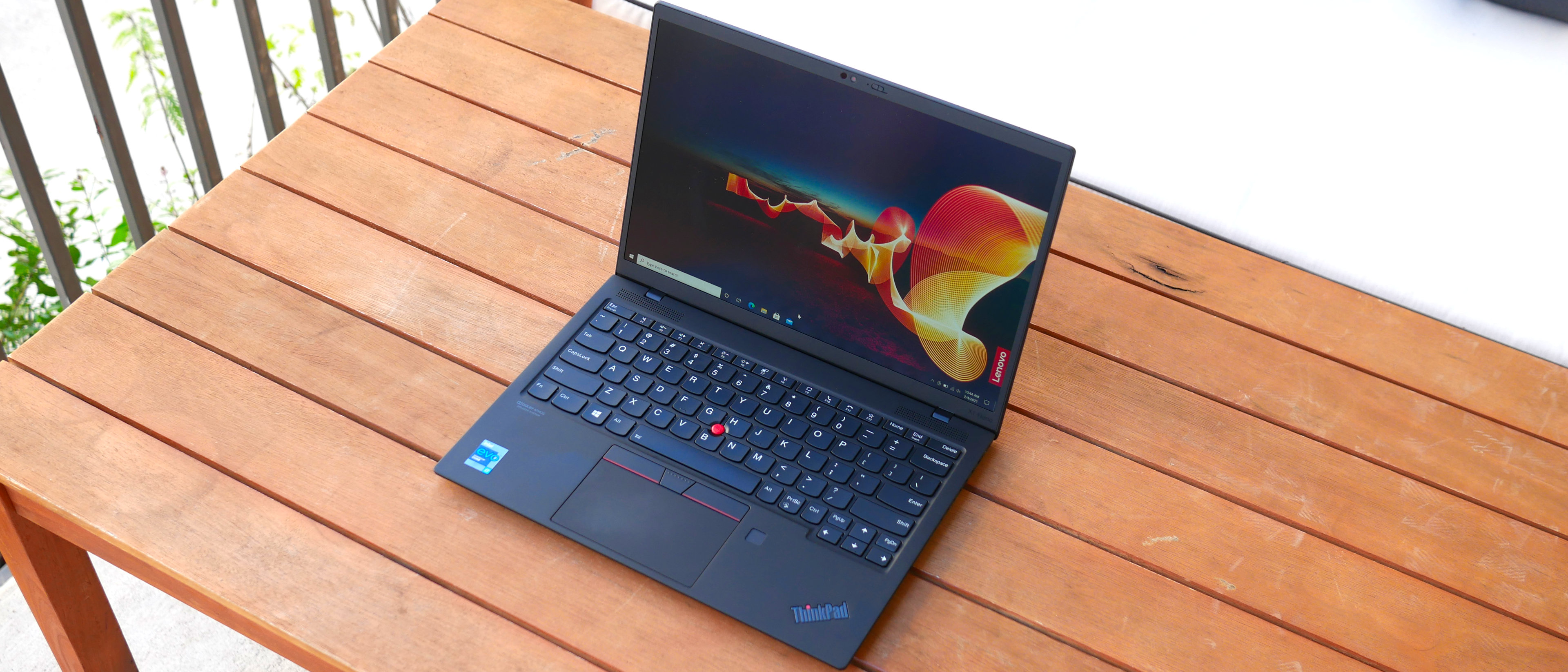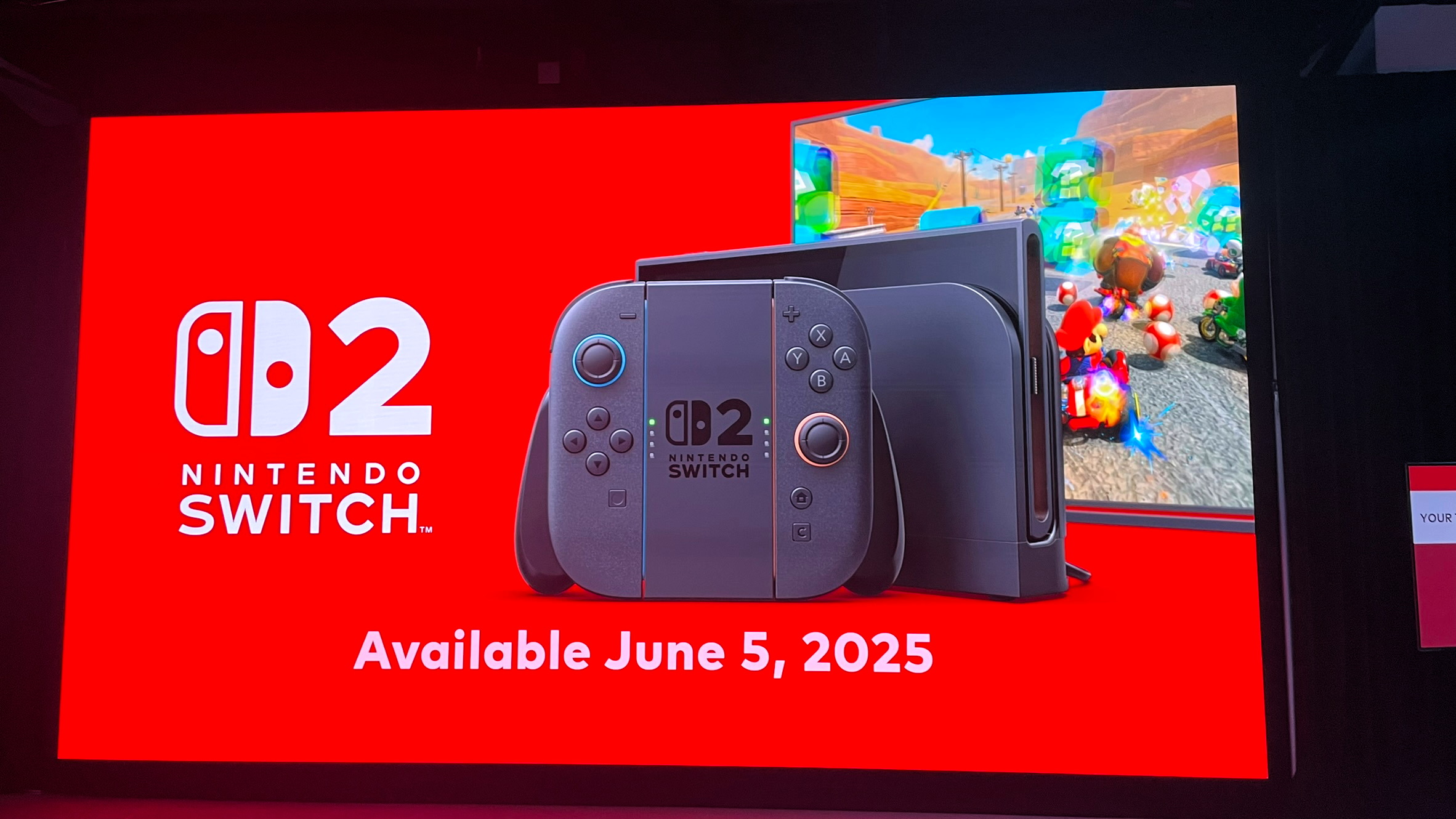Laptop Mag Verdict
The Lenovo ThinkPad X1 Nano proves an ultraportable 13-inch version of the X1 Carbon belongs in the hands of consumers and professionals alike.
Pros
- +
Stylish, stealthy design
- +
Bright 13-inch, 2K display
- +
Weighs 2 pounds
- +
12-hour battery life
- +
Snappy keyboard
Cons
- -
Limited ports
- -
Small touchpad
- -
Fingerprint magnet
Why you can trust Laptop Mag
Price: $1,349 (starting); $1,847 (reviewed at)
CPU: Intel Core i7-1160G7
GPU: Iris Xe
RAM: 16GB
Storage: 512GB
Display: 13-inch, 2K (2160 x 1350)
Battery: 12:00
Size: 12.7 x 8.5 x 0.66 inches
Weight: 2 pounds
Step aside, X1 Carbon, the Lenovo ThinkPad X1 Nano is the new kid on the block, and it has a few tricks up its sleeve. Weighing only 2 pounds, the Nano is the lightest ThinkPad laptop ever. It gains portability by trading screen real estate. However, its 13-inch, 2K panel is a good one and the 16:10 aspect ratio makes up for the smaller size.
While it doesn't use the fastest processor, the ThinkPad X1 Nano has enough performance for most tasks, and what it lacks in speed is made up for by outstanding battery life. Everything else about the X1 Nano is classic ThinkPad — the snappy keyboard, plush soft-touch surfaces, military-grade durability and extensive security features.
There are a few downsides to consider, like its limited ports and small touchpad, but overall, the ThinkPad X1 Nano achieves what Lenovo set out to do — deliver everything you already love about the ThinkPad brand in the smallest package yet. For this reason, it earns a spot on our best business laptops rankings and is one of the best Lenovo laptops and best ThinkPads to date.
Lenovo ThinkPad X1 Nano: Price and configuration options
The base model ThinkPad X1 Nano costs $1,349 and is equipped with an 11th Generation Intel Core i5-1130G7 CPU with 8GB of RAM, a 256GB SSD and a 13-inch, 2K panel. Doubling the RAM and storage to 16GB and 512GB, respectively, raises the price to $1,727.
You need to spend $1,847 for an Intel Core i7-1160G7 CPU; this model, our review unit, comes with 16GB of RAM and a 512GB SSD. For about the same cost, you can drop the CPU to a Core i5 processor but ramp the storage up to a 1TB SSD.
If you want the full-meal deal, you can get a Core i7-11650G7 CPU, 16GB of RAM and a 1TB SSD for $2,010. There is another model with a Carbon Weave on the lid and a more powerful Core i7-1180G7 with an Intel vPro CPU.
Lenovo ThinkPad X1 Nano: Design
You already know what the ThinkPad X1 Nano looks like — it's the classic ThinkPad design except in a smaller, lighter chassis. It's actually the most portable ThinkPad ever, with its carbon fiber and magnesium frame weighing in at a measly 2 pounds.
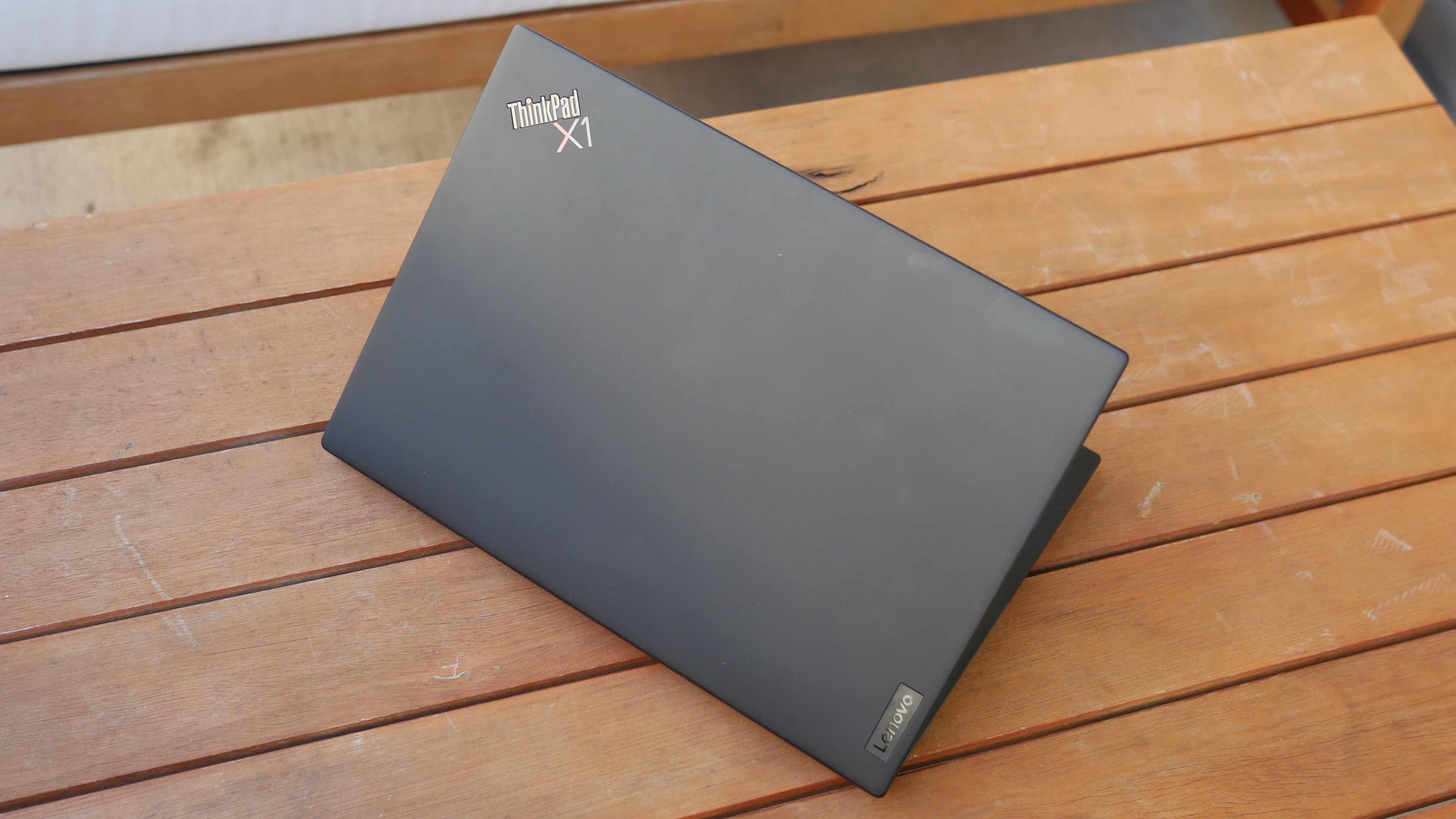
And by golly is this thing thin. We like to call them notebooks, but the X1 Nano is more like a folder. Lenovo claims it measures 12.7 x 8.5 x 0.55-0.66 inches but it feels thinner holding it in my hand. It really is like you took a shrink ray to the X1 Carbon (12.7 x 8.5 x 0.6 inches, 2.4 pounds) and ended up with the X1 Nano. The Dell XPS 13 (11.6 x 7.8 x 0.6 inches, 2.6 pounds) is considerably heavier, as is the HP EliteBook 830 G7 (12.1 x 8.1 x 0.7 inches, 2.8 pounds) and the MacBook Air with M1 (12 x 8.4 x 0.6 inches, 2.8 pounds).
What's odd is how few concessions were made in the downsizing. You still have your pointing stick, or that red rubber nestled in the keyboard, and even the discrete left and right clickers above the touchpad. There is a fingerprint sensor on the deck and top-firing speakers above the keyboard. Giving Lenovo more room to work with are slightly thicker bezels than those found on competing laptops; they're not chunky but rivals like the XPS 13 have done away with the frame altogether.
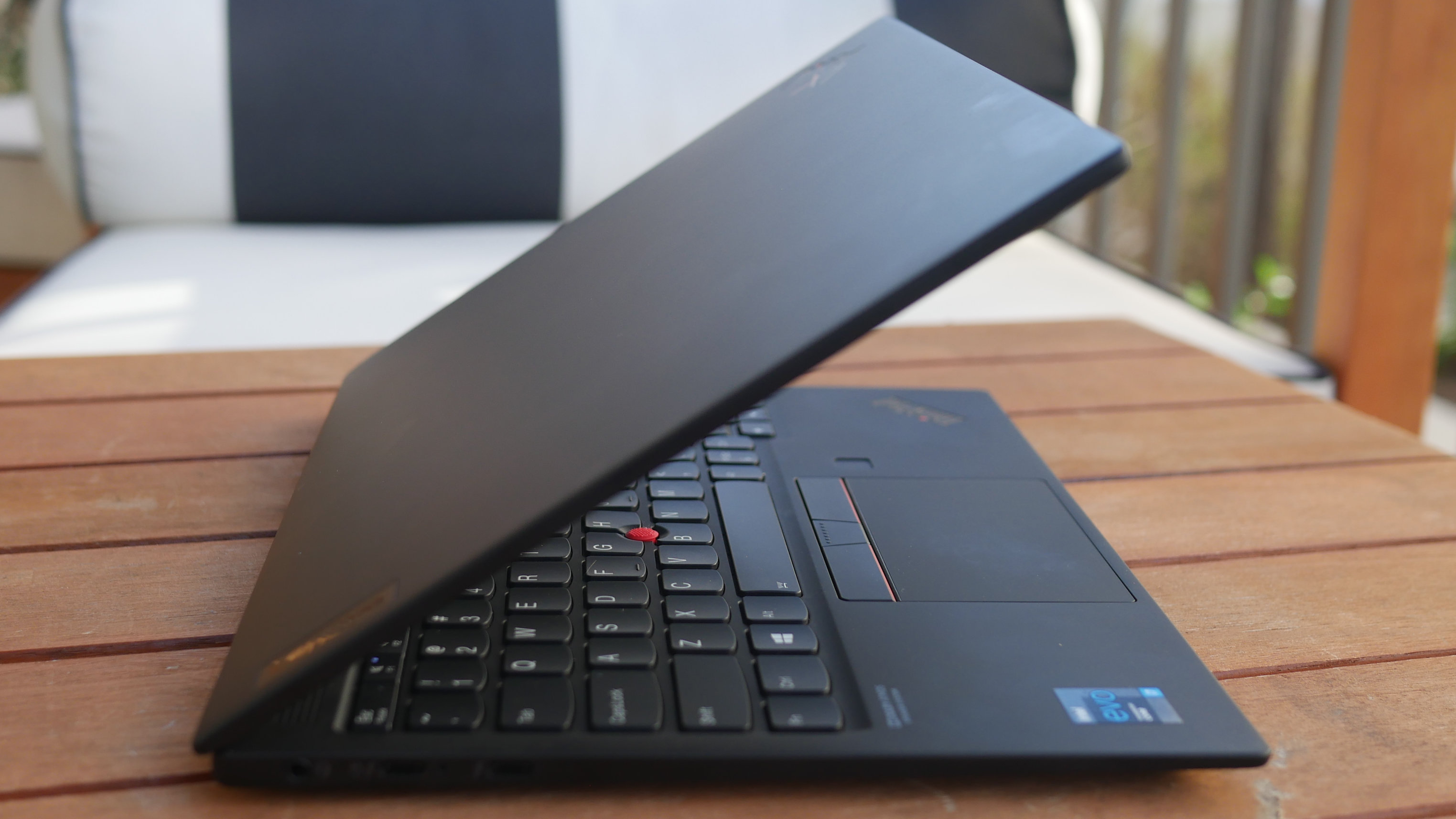
Stealthy is a good best adjective for the X1 Nano given the black-on-black color scheme used throughout; there is a glossy black "ThinkPad" logo on the deck and lid, discrete "X1 Nano" branding on the bottom bezel, and a "Lenovo" tag on the lid.
This being a ThinkPad, the X1 Nano is a handsome laptop coated in a soft-touch matte-black material with red trim on the touchpad, pointing stick and illuminated ThinkPad "i" serving as the only pop of color. Our unit has a flat matte-black lid but you can opt for a woven pattern on the lid to accentuate the carbon materials used within. Regardless of which surface you choose, expect to clean lots of smudges -- the X1 Nano left a glossy fingerprint every time I touched the design.

The X1 Nano isn't a 2-in-1 laptop, however, the dual hinges fold the screen 180-degrees so you can present to people around you or adjust the angle to your liking while you're lounging. The hinges rotate smoothly, yet feel satisfyingly stiff.
Lenovo ThinkPad X1 Nano: Security
As petite as the X1 Nano is, it's still a ThinkPad, so it meets military-grade durability standards. You might not be taking it into battle, but it's nice to have the peace of mind to know the X1 Nano can survive high altitudes, shocks, vibrations, fungus exposure (I'm not making this up) and other extreme and bizarre conditions.
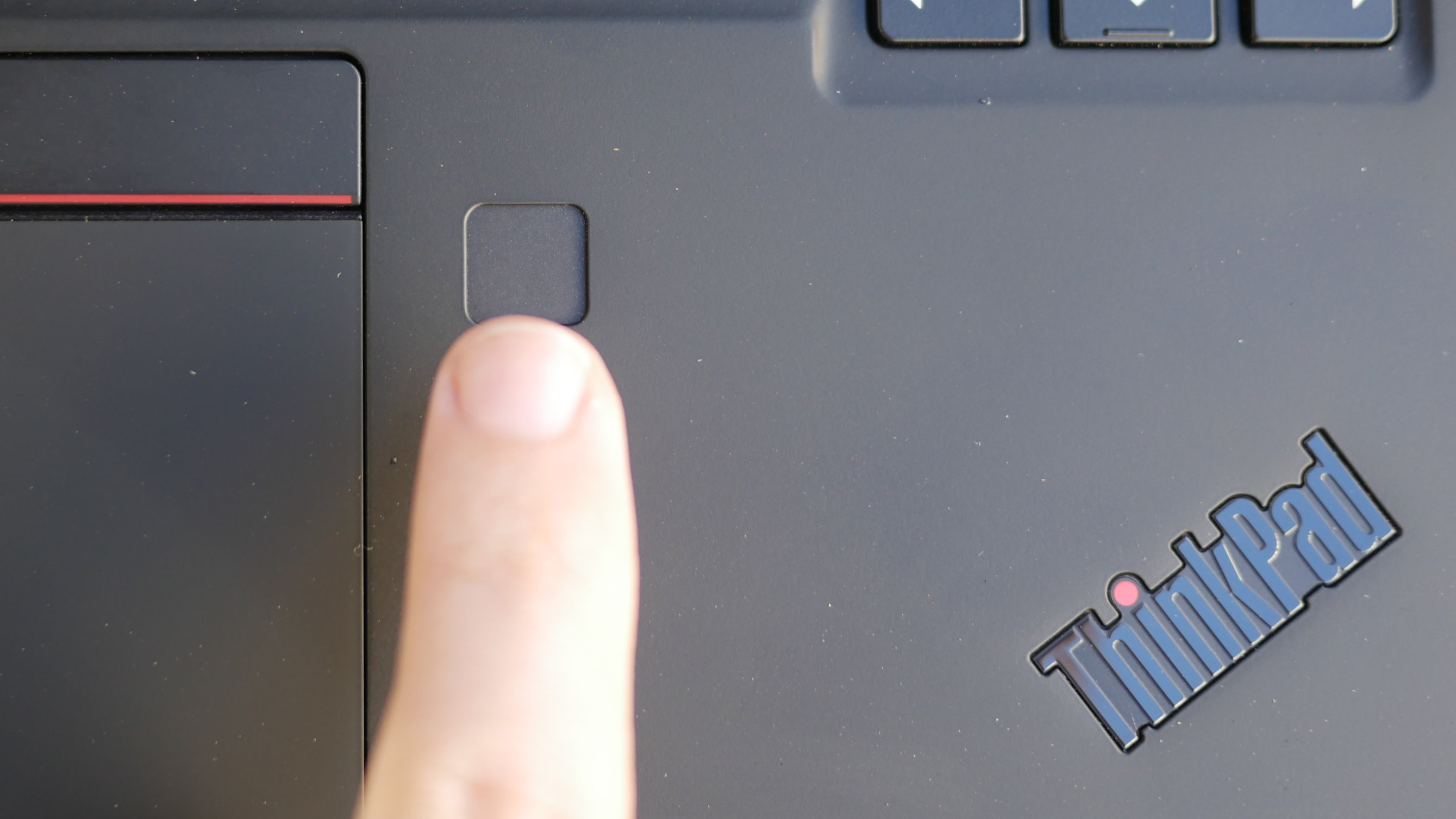
When you're back in the office (after your trek up Everest), the X1 Nano will protect your privacy with a fingerprint sensor and IR camera for biometric login via Windows Hello. These are faster, more secure methods of signing into your system. Whenever the aforementioned webcam isn't in use, you can slide over a lens cover using your fingernail.
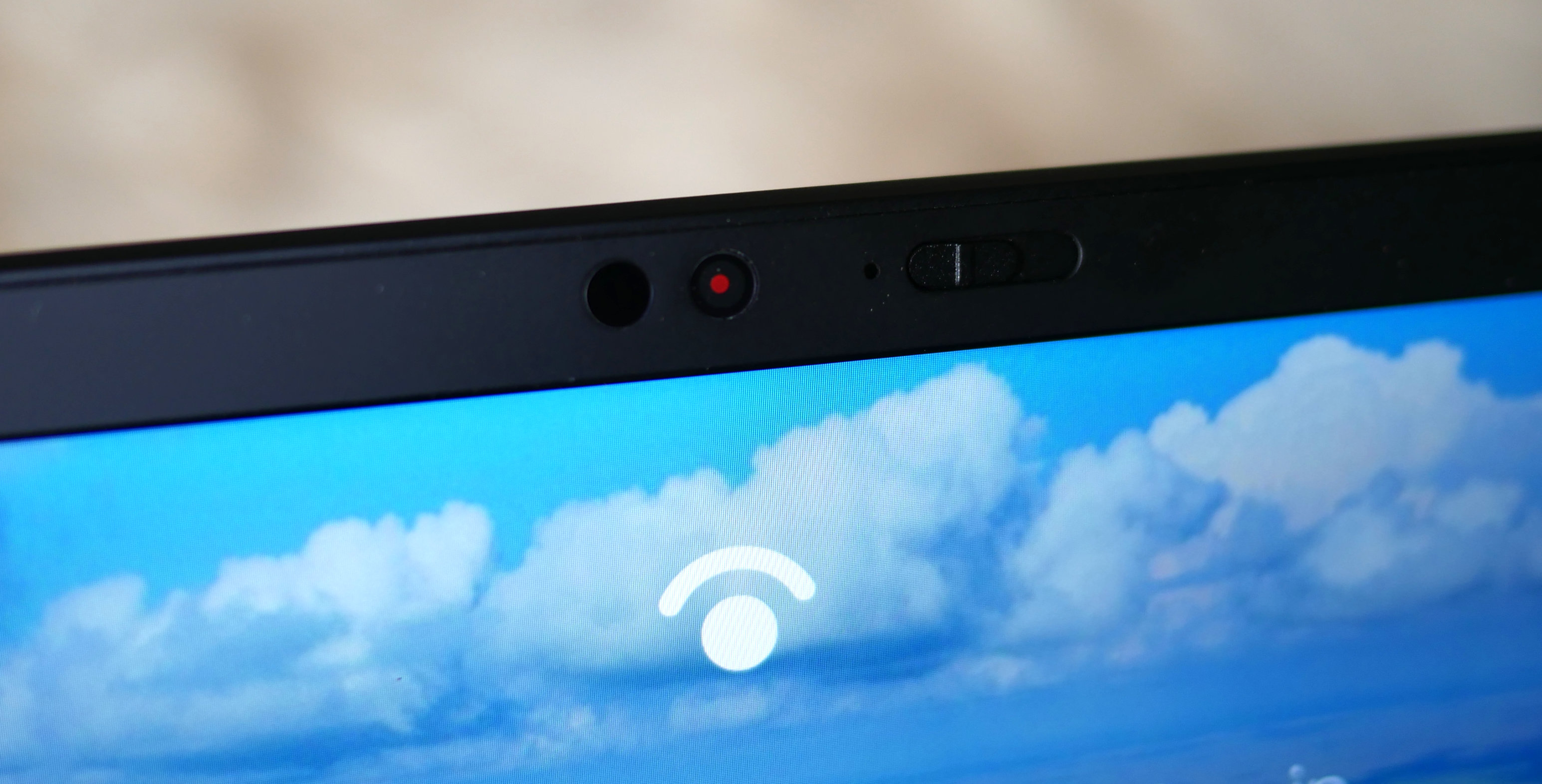
Tucked in the belly of the X1 Nano is a Discrete Trusted Platform Module (dTPM) 2.0, which ensures that all data sent to and from the laptop is encrypted.
Lenovo ThinkPad X1 Nano: Ports
Buy a Bluetooth mouse and keyboard with the X1 Nano. Well, either that or brave the dongle life. That's because there are no USB Type-A ports.
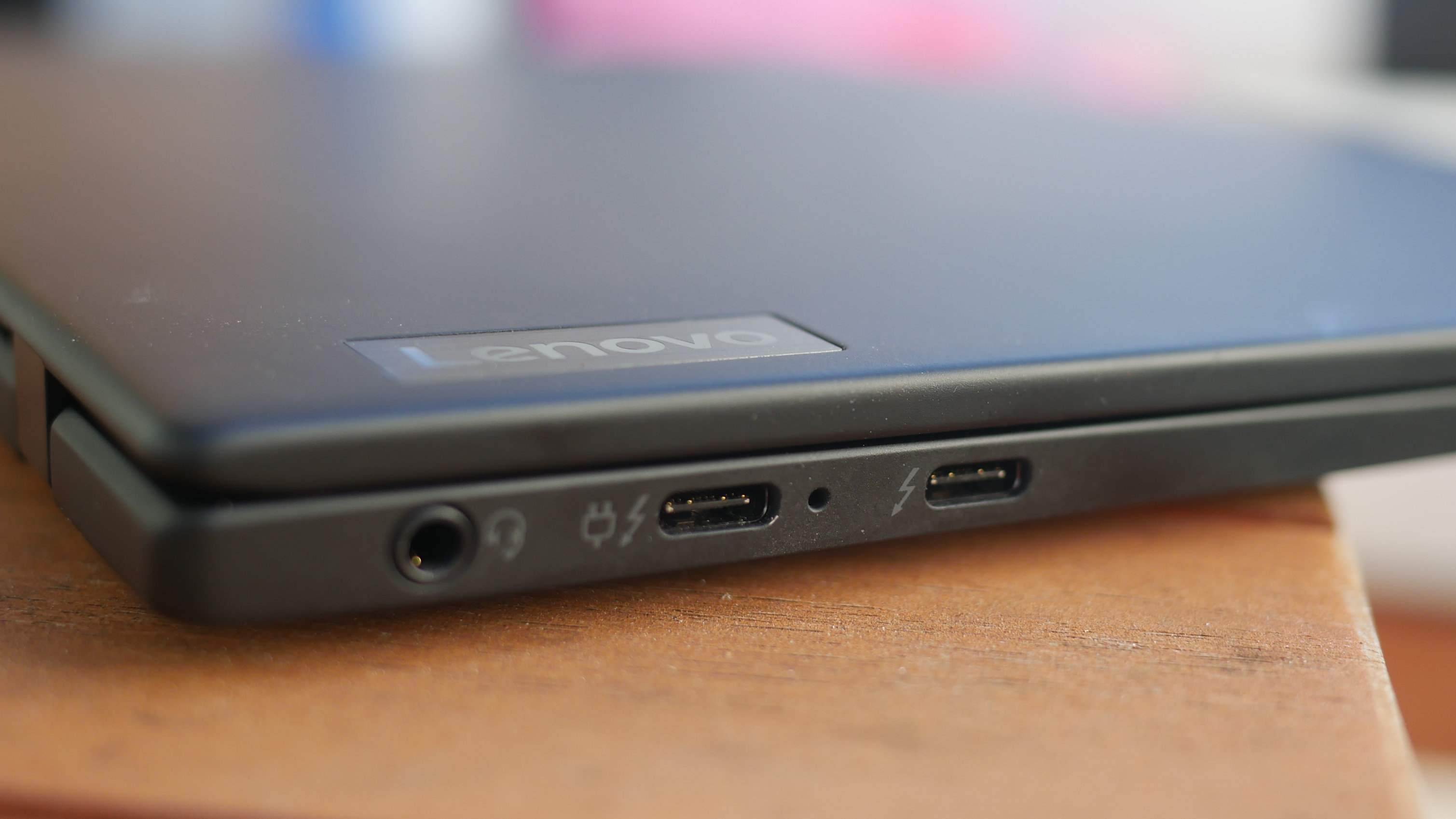
Instead, you'll find a pair of Thunderbolt 4 inputs on the left side neighboring a headphone/mic jack.
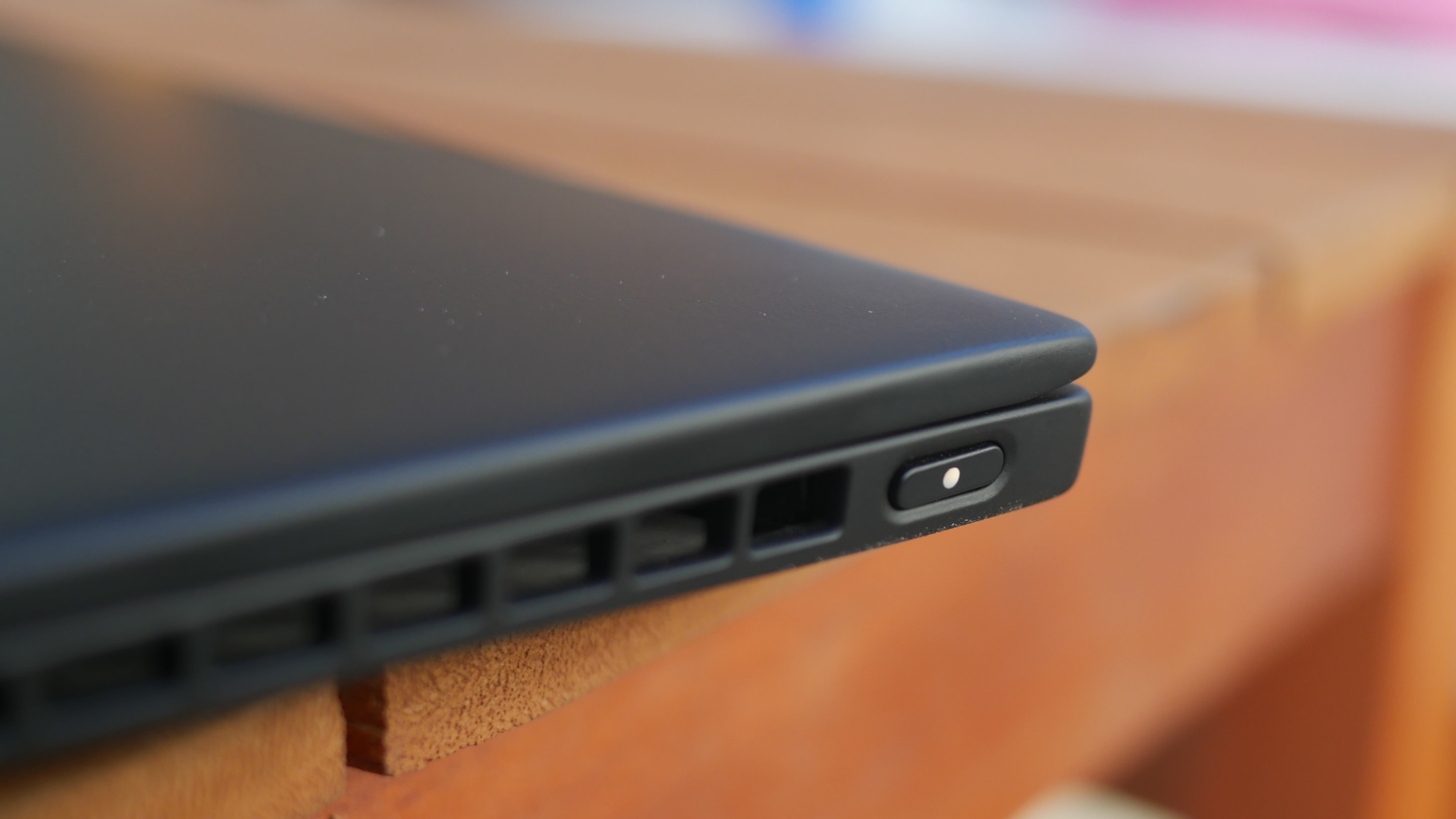
The right side is bare, apart from an oblong power button with a small indicator light.
Lenovo ThinkPad X1 Nano: Display
This is a 13-inch, 2K (2160 x 1350-pixel) anti-glare display. Not 13.3 inches or 13.5 inches, just 13 inches flat, meaning the panel is smaller than those on rival devices.
I don't mind though; the 16:10 aspect ratio has the same height (Y-axis) as most larger panels, it's just not as wide. The square shape creates more vertical real estate which is great for web browsing and scanning spreadsheets or writing reports.

Yes, wider black bars appear around widescreen videos, but that didn't detract from watching the trailer for Free Guy. When Ryan Reynolds gets beaten up in a bank heist scene, his bloodied nose was a deep merlot and popped against his baby blue dress shirt. The neon greens, reds, blues and purples of this digitized world were satisfyingly vivid as we see Reynolds realize he's living in a video game. And with a 2K resolution, the display showcased everything in rich detail, like the woodgrain of a garage or each reflection on a newly washed McLaren.
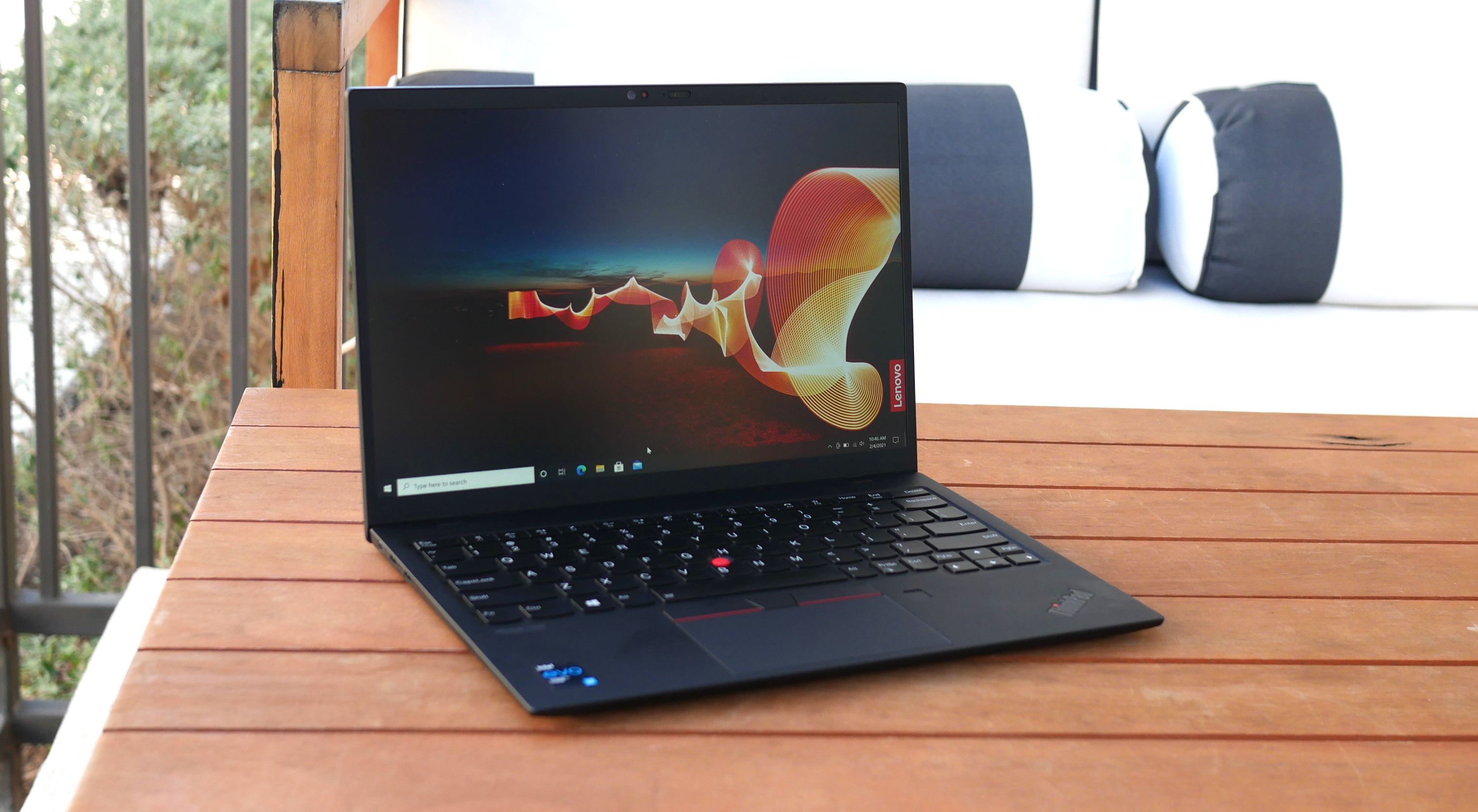
Covering 72% of the DCI-P3 color gamut, the X1 Nano's 13-inch panel isn't as vivid as those on the EliteBook 830 G7 (79%), the MacBook Air (81%) or the average laptop (85%). It matches the ThinkPad X1 Carbon (72%), which also has an anti-glare panel.
It makes up for any color deficiency by reaching 430 nits of brightness, outshining the EliteBook 830 G7 (374 nits), MacBook Air (366 nits), the ThinkPad X1 Carbon (364 nits) and the category average (391 nits).
Lenovo ThinkPad X1 Nano: Keyboard, touchpad and pointing stick
We can all breathe a sigh of relief -- Lenovo's keyboard magic is still casting spells on our fingers. This might not be the very best ThinkPad keyboard, but it's possibly the most impressive given the X1 Nano's dainty size.
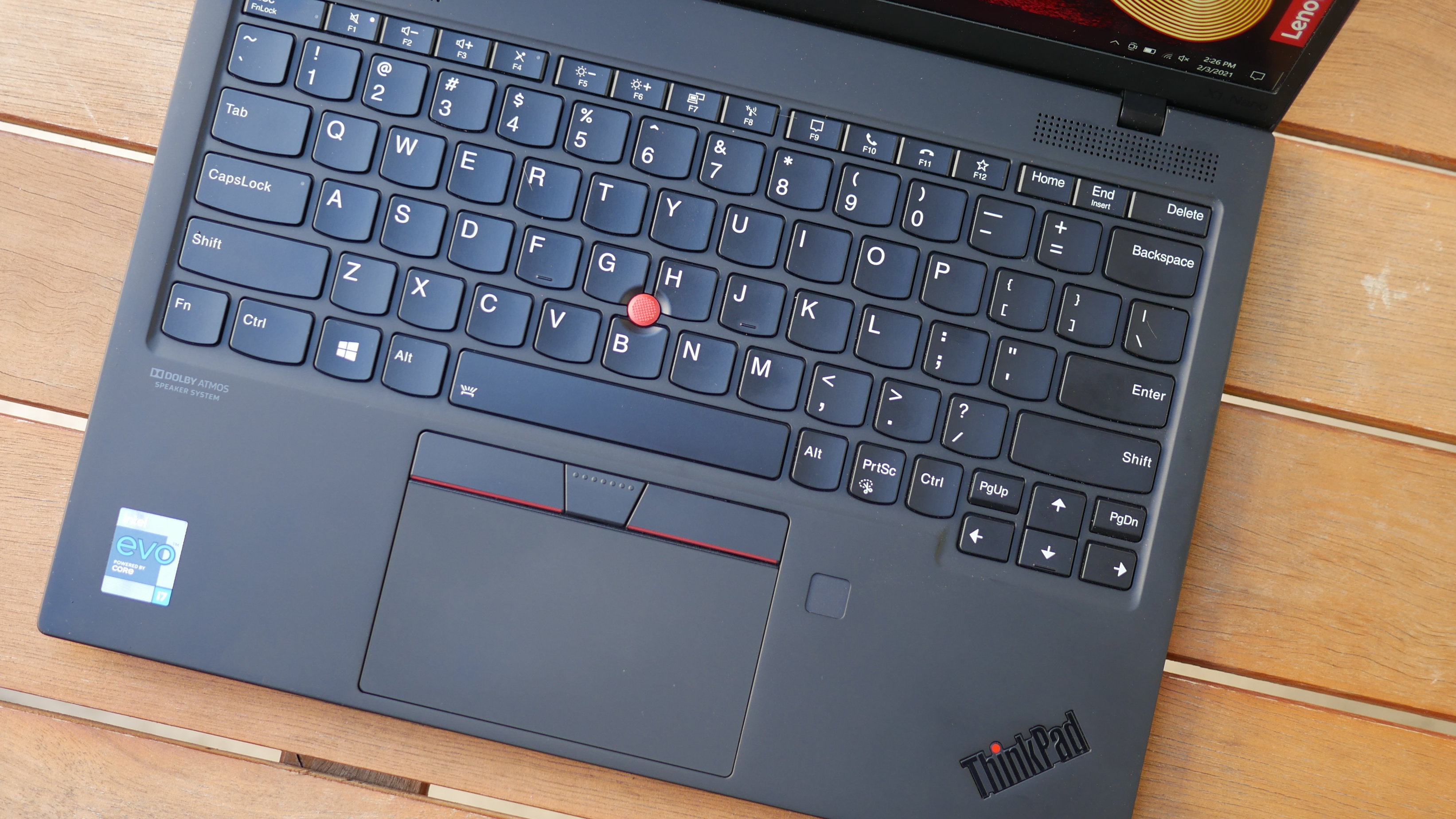
While the scalloped keys travel a shorter distance than those on, say, the X1 Carbon, they are immensely satisfying to type on. Each keypress is greeted with a firm "click" then farewelled by a springy actuation that bounced my digits from one letter to the next. And despite having a small footprint, the laptop fits generously sized keys with proper spacing.
That said, there are a few undersized keys (Alt, PrtSc, Ctrl, arrow keys) and the inverted Fn and Ctrl keys bother the hell out of me. Also, these are understandably not as plush as those on larger ThinkPad models; they feel stiffer and, as previously mentioned, have rather low travel. Still, there aren't many ultrathin laptops that I'd prefer to type on.
Case and point: I typed at 112 words per minute on the 10fastfingers.com typing test, outpacing my 115-wpm average and matching my 95% accuracy.
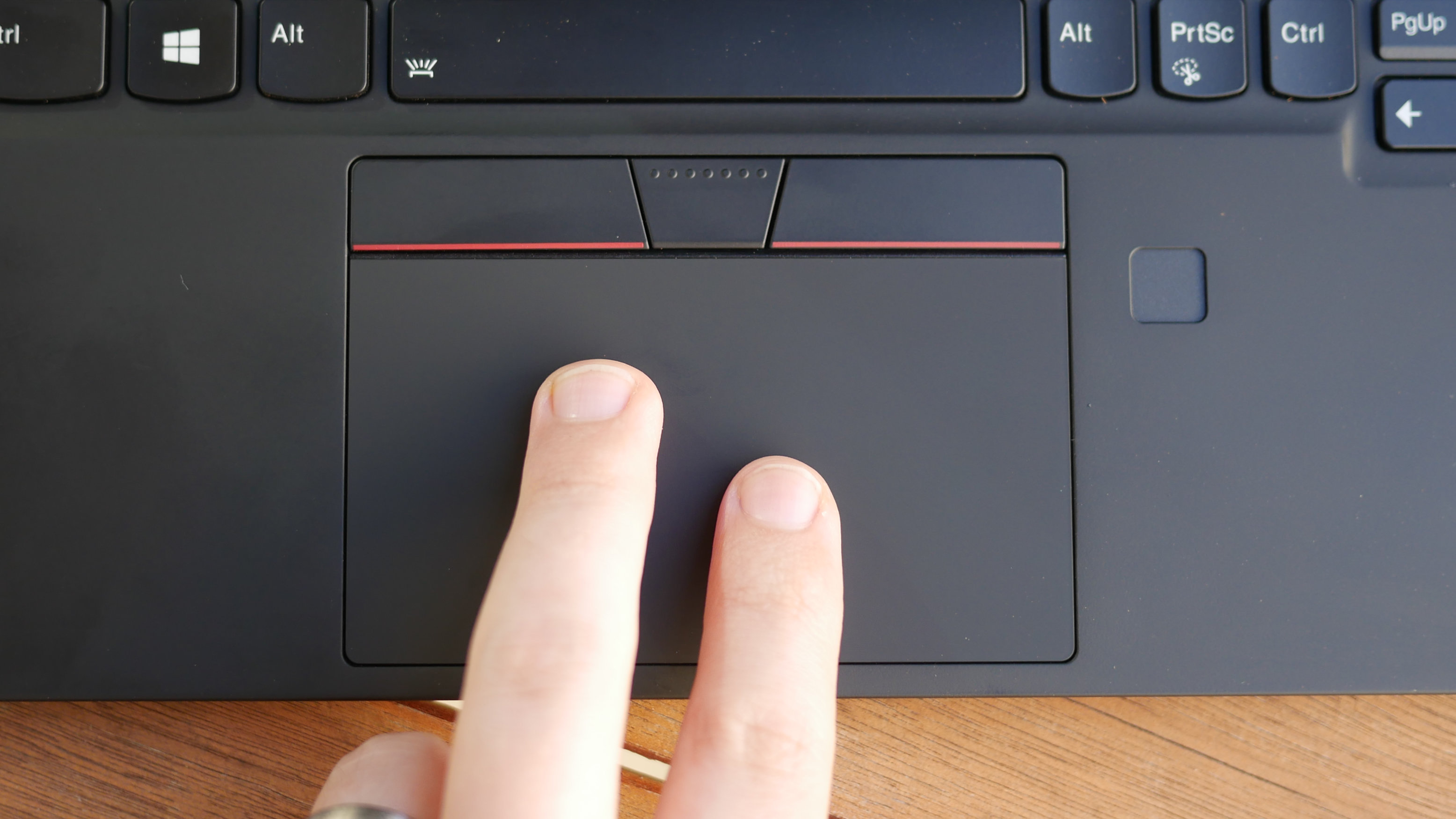
Below the keyboard is a 3.9 x 2.3-inch touchpad. It has a silky soft-touch texture, the surface responded well to my swipes and Windows 10 gestures (pinch-to-zoom, two-finger scrolling), and the hidden left- and right-click buttons feel great. My main gripe is the size. Those with larger hands may find their fingers brushing up against the sides.
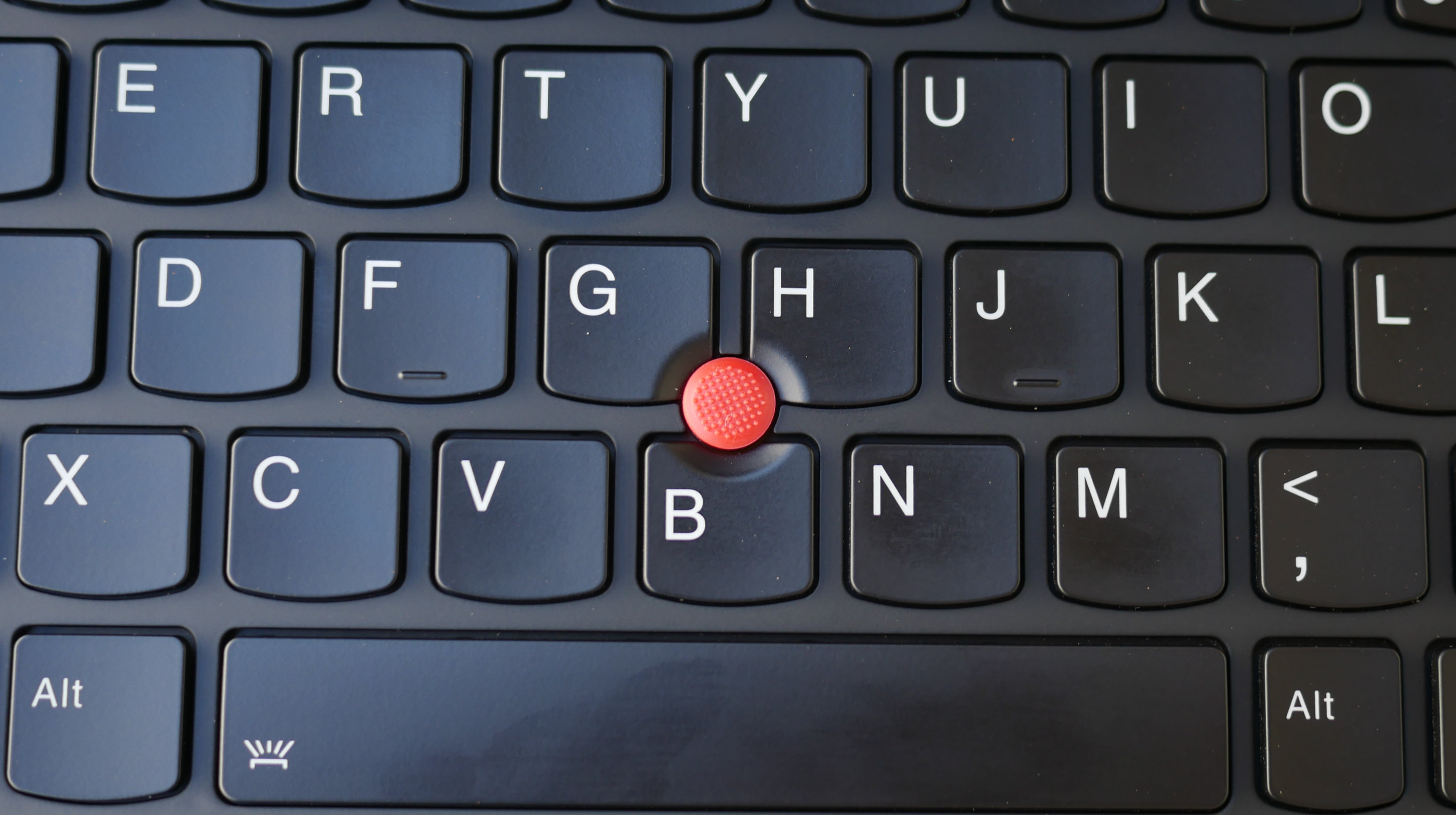
You can blame the cultists of Lenovo's red rubber nub for the miniature touchpad. I don't use the pointing stick, but I can appreciate it as a must-have feature for some. How does it eat into the touchpad area? Because left, center and right clickers can be found wedged between the touchpad and the space bar.
Lenovo ThinkPad X1 Nano: Audio
Small size, many speakers. Somehow Lenovo put a quad-speaker setup in the X1 Nano, with a pair of top-firing drivers above the keyboard and another underneath.
The result? Good sound quality given the space constraints. I challenged the X1 Nano by playing The White Stripes' frenetic anthem "Icky Thump" and it held its own to my surprise. Waves of electric instruments were handled deftly, flowing through the speakers with clarity while dampening any grating harshness that might pierce the ears. The vocals and instruments were properly arranged without one overtaking the other.
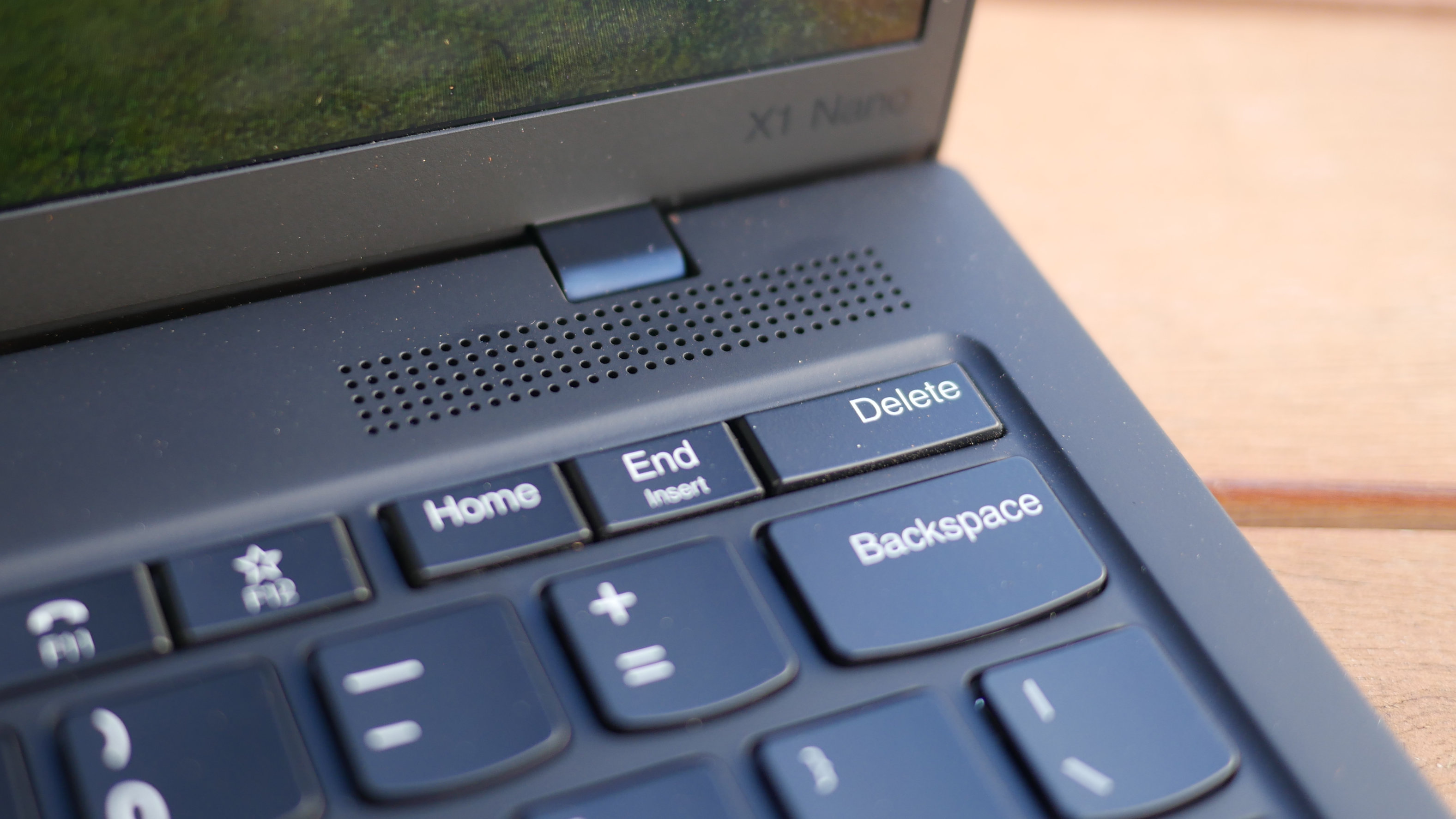
Switching to "FACE" by BROCKHAMPTON revealed the speakers' limitations. Everything from the lower midrange up sounded great; the vocals and drum taps were crisp and weighty. Everything below the midrange, well, didn't exist, so don't anticipate thumping bass. The speakers also don't get very loud, I mean, they're fine for conference calls or solo listening, but a Bluetooth speaker is needed to fill a room.
Lenovo ThinkPad X1 Nano: Performance
Opting for a low-power 11th Gen (Tiger lake) Intel Core i7-1160G7 CPU instead of, say, a Core i7-1165G7 could have backfired on Lenovo, but the X1 Nano's performance stayed close behind competitors with beefier processors.
That took me by surprise. The Core i7-1160G7 CPU has a 7-15W thermal design power (TDP) compared to the 12-28W TDP chips found in the XPS 13 and other Tiger lake-equipped competitors. This troubled me because the X1 Nano uses a chip in what was formerly called the Y-series family, which has historically struggled when compared against Intel's other options.
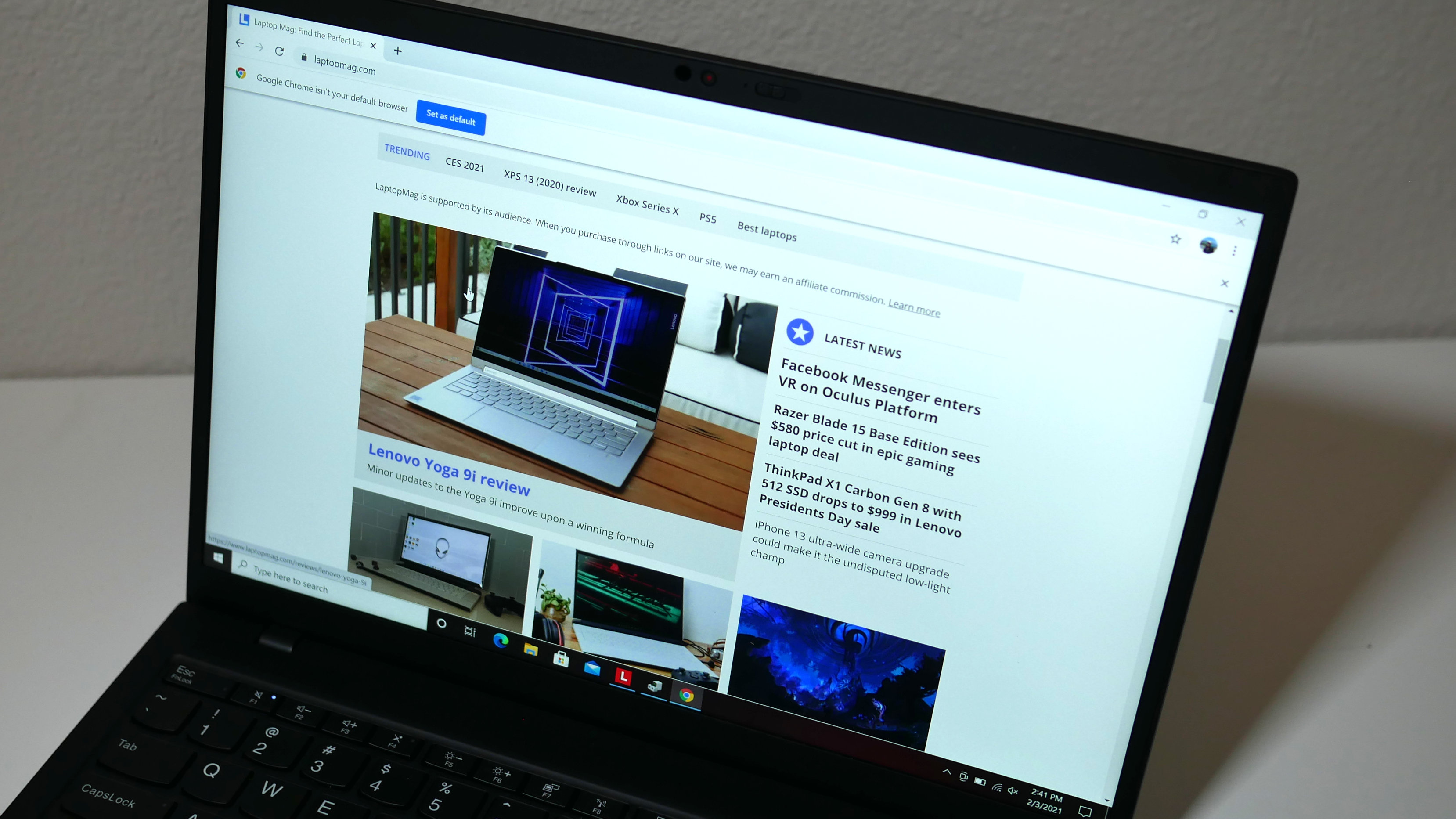
That isn't the case with the X1 Nano. While it doesn't reach the same performance heights as other top-performing ultrathins, the Nano did admirably in real-world testing and benchmarking alike. I couldn't perceive a difference between using this pint-sized laptop or other larger premium options, like Lenovo's own Yoga 9i. It quickly loaded 20 Google Chrome tabs, fired up a pair of 1080p YouTube videos, and played Twitch streams, all as I peered at close attention, waiting for it to falter.
Our unit, featuring 16GB of RAM, scored a surprising 5,155 on the Geekbench 5.3 overall performance test, drop-kicking the EliteBook 830 G7 (4,260, Core i7-10810U) and the ThinkPad X1 Carbon (3,639, Core i5-10310U), both of which relied on Intel 10th Gen CPUs. I was shocked to see how narrow the margins were between the Nano and the XPS 13 (5,319, Core i7-1165G7), but much less surprised to see the MacBook Air (7,575, M1) embarrass the rest of the pack.
It took 16 minutes and 15 seconds for the ThinkPad X1 Nano to convert a 4K video to 1080p resolution using the Handbrake video editing software. That put the X1 Nano into second place, ahead of the aging EliteBook 830 G7 (17:12), the ThinkPad X1 Carbon (19:51) and even the XPS 13 (18:22). You need to switch operating systems to find a faster machine in this segment as the MacBook Air (9:15) once again took the crown.
It's time for Lenovo to invest in faster storage. Not that the 512GB NVMe PCIe M.2 SSD inside our X1 Nano is slow, it just doesn't hang with the speedsters. When we tasked the X1 Nano to duplicate 25GB of multimedia files, it did so at a rate of 424.8 megabytes per second, practically matching the EliteBook 830 G7 (433.9 MBps, 512GB PCIe NVMe SSD) and the X1 Carbon (462.9 MBps, 256GB PCIe SSD). It dragged behind the category average (572.4 MBps) and fell embarrassingly short of the XPS 13 (806.2 MBps).
Lenovo ThinkPad X1 Nano: Graphics
I can't see anyone using the X1 Nano for serious gaming, but its Iris Xe integrated graphics are powerful enough to run graphics-intensive programs and even a casual game at decent frame rates.
No, it didn't reach our 30-fps playability threshold, however, the 23-fps the X1 Nano maintained on the Sid Meier's Civilization VI: Gathering Storm benchmark far exceeded my expectations. It also more than doubled what the EliteBook 830 G7 (11 fps) netted, crushed the X1 Carbon (8 fps) and inched its way toward the premium average (28 fps). So yeah, Iris Xe is the real deal.
On the 3DMark Fire Strike test, the X1 Nano hit 4,427 and demolished the EliteBook (1,260) and the ThinkPad X1 Carbon (1,221) while, in effect, tying the premium average (4,554).
Lenovo ThinkPad X1 Nano: Battery life
Portability is great, but what's the point if you need to log around a battery charger everywhere you go? Fortunately, with the X1 Nano, you can leave the brick at home. The petite notebook lasted for 12 hours flat on our battery test, which involves continuous web surfing over Wi-Fi at 150 nits of brightness.
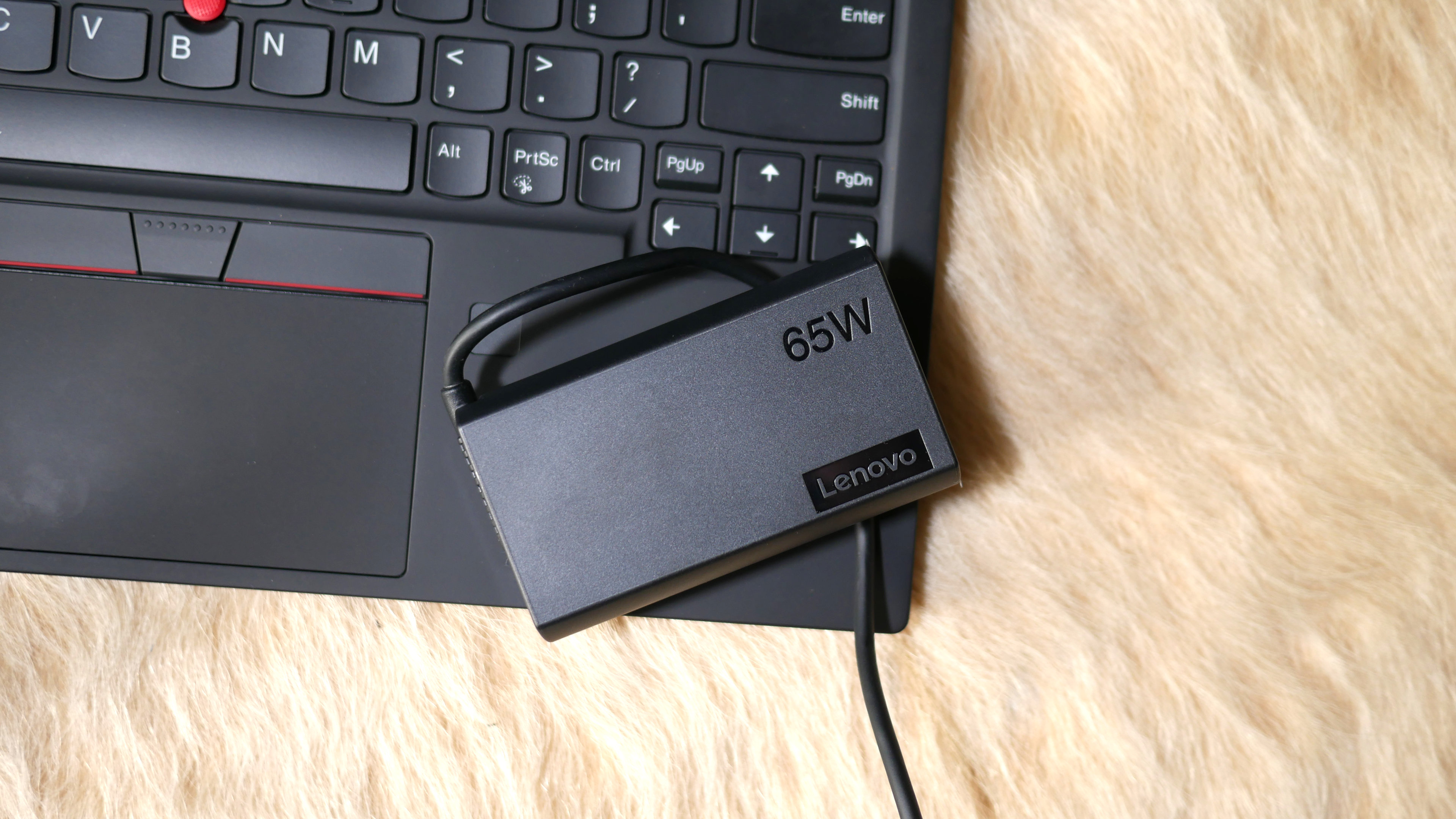
That efficient CPU brings the X1 Nano's battery life above the EliteBook 830 G7 (9:45), the ThinkPad X1 Carbon (10:45), and the average (10:12). Only the MacBook Air with M1 (14:41) out-endured the X1 Nano.
Lenovo ThinkPad X1 Nano: Webcam
We may be living in the new normal, but when it comes to webcams, the old normal remains. The ThinkPad X1 Nano's 720p camera is decent at best. Under normal lighting conditions (sunlight streaming into a room with the light on), a selfie I snapped had good colors but lacked sharpness.

I could see a faint pink hue across my T-zone, revealing my rosy complexion, and the indigo tones could actually be seen in my dark-blue shirt. Still, 720p just ain't cuttin' it in 2021; my eyebrows were a smudged blob and my teeth looked cartoonish. This is far from the worst webcam around but you'd do your colleagues a favor by investing in one of the best external webcams.
Lenovo ThinkPad X1 Nano: Heat
The X1 Nano didn't struggle in our heat test (running a 15-minute, 1080p video) as much as other ultrathin laptops that lack surface area to dispel warmth. Sure, the bottom nudged above our 95 degrees Fahrenheit comfort threshold, reaching 96 degrees, but that's nothing to be troubled about.
Better yet, the areas you'll actually be touching, the touchpad and keyboard, reached only 81 and 87 degrees, respectively, so there's no need to invest in a cooling pad.
Lenovo ThinkPad X1 Nano: Software and warranty
Thank you, Lenovo, for doing what others won't and packaging all of your tools into one single modern app — there is no bloatware here.
For business laptops, that app is called Commercial Vantage. It's clean, intuitive and super useful; seriously, don't uninstall this program. Here, you can find the latest system updates, quickly monitor your RAM and storage space, check your warranty status, and see more info about your specific model.
OK, so there are technically two apps. You'll also find something called Lenovo Quick Clean, a COVID-era app that, as Lenovo puts it, lets "healthcare professionals to lock keyboard and mouse input so the laptop keyboard can be wiped down to sanitize the device." Coincidently, this came in handy when I was cleaning the X1 Nano for its photoshoot.
And, erm, that's it! There are a few other pre-installed apps but they're the usual suspects found on Windows 10 Pro systems, like Your Phone, Groove Music and Microsoft Edge.
The X1 Nano comes with a one-year on-site warranty. See how Lenovo fared in our Best and Worst Brands and Tech Support Showdown special reports.
Bottom line
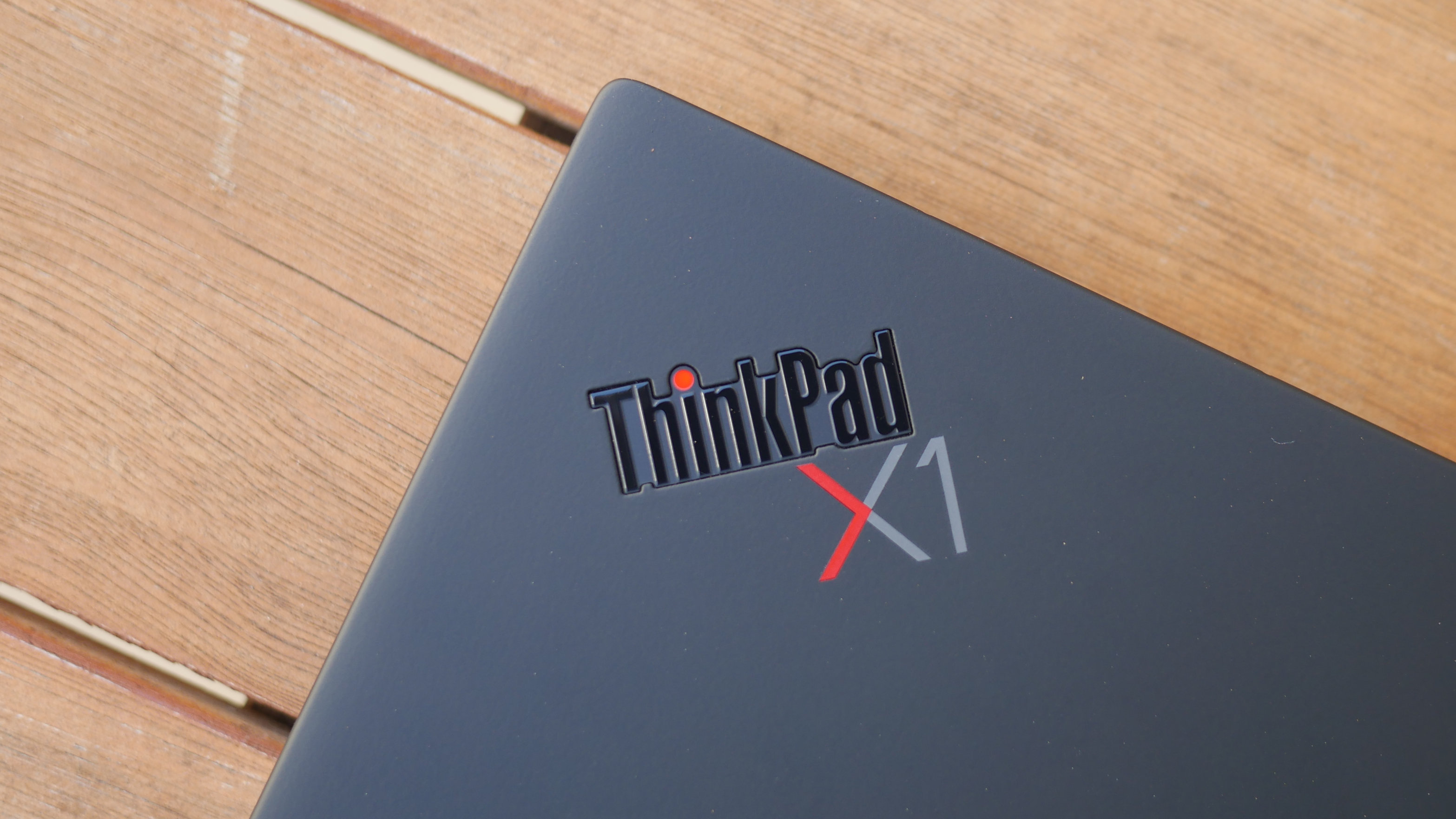
The ThinkPad X1 Nano is exactly what you'd expect — essentially a smaller, 13-inch version of the excellent X1 Carbon. Its larger sibling has proven itself as the best business laptop for several years running, which leaves one question for the X1 Nano: What corners were cut to make an ultrathin laptop even more portable?
It turns out, very few. The X1 Nano has all the design elements — soft-touch carbon and magnesium materials with military-grade durability — and security features — an IR camera and fingerprint sensor — you find on larger ThinkPad models. It even retains the rubber pointing stick and discrete top clickers, although I wish they'd been replaced for a larger touchpad. The 13.0-inch, 2K display is sharp and bright, the keyboard is a joy to type on, and the X1 Nano lasts for 12 hours on a charge.
There are some drawbacks. Ports are limited to a pair of USB-C inputs, the display bezels could be thinner, those soft-touch surfaces attract fingerprints like a sloppy crime scene, and the CPU, while speedy, is a notch down from the chips found in other premium ultrathin laptops.
Overall, the ThinkPad X1 Nano is a compelling ultra-portable laptop for professionals or everyday consumers. If you've wanted a smaller X1 Carbon, this is it. However, if, like me, you feel the X1 Carbon is portable enough, and prefer the larger display, then stick with what already works.
Phillip Tracy is the assistant managing editor at Laptop Mag where he reviews laptops, phones and other gadgets while covering the latest industry news. After graduating with a journalism degree from the University of Texas at Austin, Phillip became a tech reporter at the Daily Dot. There, he wrote reviews for a range of gadgets and covered everything from social media trends to cybersecurity. Prior to that, he wrote for RCR Wireless News covering 5G and IoT. When he's not tinkering with devices, you can find Phillip playing video games, reading, traveling or watching soccer.
